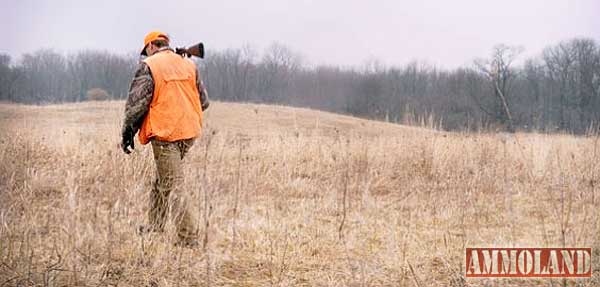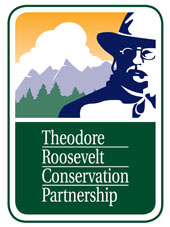Scientists agree that BLM ‘Planning 2.0’ process is key opportunity to improve fish and wildlife management


Washington, DC -(Ammoland.com)- More than 200 professional fish and wildlife scientists, including 12 former state fish and game agency directors and several former high-ranking federal agency officials, urged the U.S. Department of the Interior and Bureau of Land Management today to “act promptly and meaningfully to conserve intact and unfragmented BLM-administered public lands across the West.”
“We recognize the critical importance of habitat provided by 245 million acres of Bureau of Land Management-administered public lands,” stated the scientists in a strongly worded letter, “and we are concerned about mounting pressures that could result in the development and fragmentation of these lands. Barring responsive action by the BLM, many large landscapes could cease to support abundant fish and wildlife populations that have been restored and maintained over the past century.”
The BLM is currently engaged in “Planning 2.0,” a process that will result in revision of the agency’s national land use planning handbook. Citing energy development; both traditional and renewable, and poorly managed off-road vehicle use as activities that can fragment key fish and wildlife habitat, the management professionals reiterated the need for careful, conscientious administration of valuable public lands and waters.
“America’s fish and wildlife resources are under more pressure today than they have been in a hundred years,” stated Dr. Rollin Sparrow, a Wyomingite with more than 50 years’ experience in state and federal wildlife and natural resource management. “Today’s greatest pressures include fragmentation of key habitats and declining habitat function. Now is the time for the BLM to take meaningful actions to conserve and restore intact and unfragmented public land habitats. Any actions must have durable results.”
BLM resource management plans, or RMPs, form the basis of every action and approved use of public lands overseen by the agency, and they determine if and how fish and wildlife habitat conservation and management will be executed in specific places. Strategies implemented via Planning 2.0 could have substantial, lasting impacts.
“The BLM’s Planning 2.0 process represents an ideal opportunity for the agency to make changes to its land use planning process that better account for the long-term habitat needs of fish and wildlife,” said Ken Mayer, former director of the Nevada Department of Wildlife. “If thoughtfully designed, a revised planning process could balance energy development with other resources at the landscape level while guiding conservation and restoration of priority habitats, migration corridors and intact backcountry lands.”
“I’ve seen firsthand the impacts of development, such as road building, on big game behavior and habitat quality,” said Jim Akenson, an Oregonian with more than 33 years of experience in wildlife research. “As a sportsman in addition to a scientist, I also know the importance of relatively pristine areas for providing high-quality hunting and fishing experiences. By making a concerted effort to conserve intact and unfragmented BLM lands and habitats through Planning 2.0, the agency has the opportunity to renew its commitment to the future of America’s fish and wildlife resources and hunting and fishing traditions.”
Read the scientists letter on Planning 2.0.
About the Theodore Roosevelt Conservation Partnership (TRCP)
Inspired by the legacy of Theodore Roosevelt, the TRCP is a coalition of organizations and grassroots partners working together to preserve the traditions of hunting and fishing.
